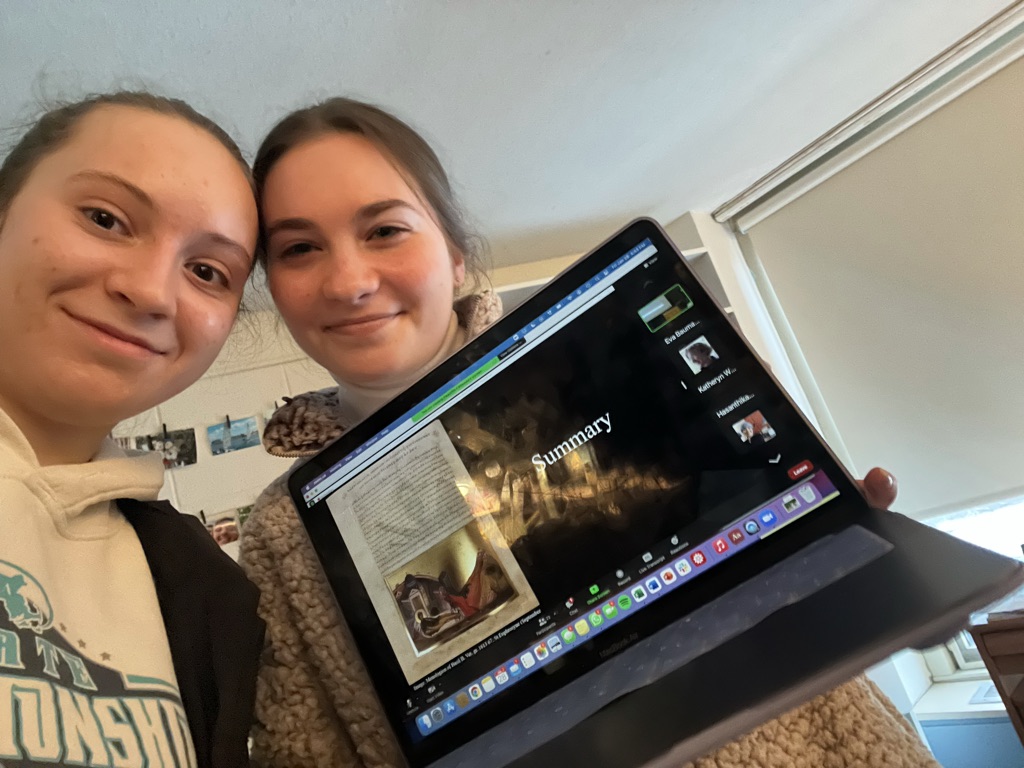How Art Defied Borders
On March 23, I attended Eva Hoffman’s lecture called “Mobility and Exchange: Framing a Global Mediterranean”. Throughout her hour-long talk, she discussed cultural mobility, art archeology, and the role that the Mediterranean played in both categories. I am most interested when Hoffman said “mobility and exchange are at the heart of global history”. Upon reflection, I remembered all the different times I went to art museums with family and friends. The art museums were sectioned off by artists, geographical regions, and time periods. Although it never came to mind before this lecture, I am now left wondering about the interconnections between the different artists, geographical regions and time periods. One of the major separating categories in art is the distinction between East and West. However, in Hoffman’s lecture, she took the time to show works of art that contradict this distinction. She showed how Syrian glass was traded and shipped to other countries and empires in and beyond the Mediterranean. There is a unique history to the movement and mobility of ancient artwork because it had the ability to cross social, political, and physical boundaries. More specifically, Hoffman talked about The Eleanor Vase, which is currently being held at the Louvre Art Museum in Paris, France. This vase was passed between Muslims and Christians at a noble wedding. The trading of expensive artwork was common between wealthy and noble individuals.
Although I enjoyed the broad topics of this lecture, I did find some of the specific information to be slightly dry. My family loves going to different art museums for hours, but I like to move more quickly through art museums while still admiring the artwork and history. I believe the topic of Eva Hoffman’s lecture was very interesting, and many people did enjoy every part of her presentation. However, there were moments when I forgot the overall message because she began talking about the specific stitchwork pattern on a specific piece of art. Despite the in-depth analysis of a vase or cloth, I thoroughly enjoyed the lecture, and I learned a lot. Most importantly, I continued to think about the broad topic of the talk after I left.
Word Count: 359
